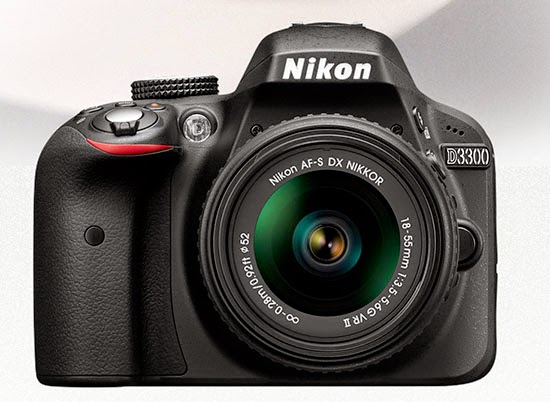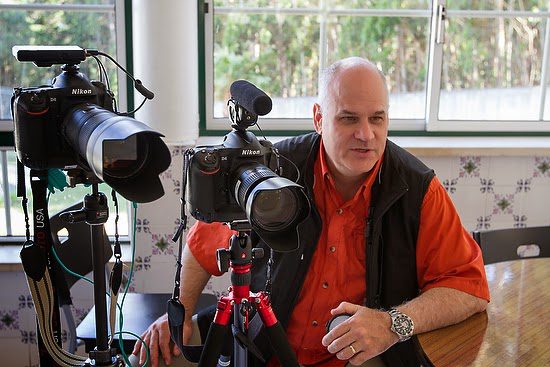| I am critiquing students’ work with Morris Abernathy and Warren Johnson. |
Photo Critique Sessions I went to experts in photography to have them review my work. Each time I learned things that I could do to improve my photos. Then I would work on these recommendations and then come back to those people and ask how they did I do in implementing their suggestions. I did this for a good twenty years with Don Rutledge, and never did he not have something that I could work on to improve. So I went to the Maine Photographic Workshop, studied with Steve McCurry, and worked on other aspects of my storytelling. Over time I got my work in front of industry leaders. Each time I learned something else that, if I tweaked, would make my images better at storytelling. I remember the first time I shared my images with Tom Kennedy. At the time, he was the director of photography for National Geographic Magazine. I was terrified. He complimented me about it being solid professional work, and then he said I needed surprises. He expected to see the level of work I was doing, but to grab Tom’s attention for National Geographic Magazine, I needed to surprise him. It would take ten years to understand what he meant with that statement and where I started to shoot a unique and different photo. I learned that I grew even more when mentoring and critiquing others’ work. To teach photography means you must understand the subject at a much higher level. Teaching Photojournalism—Icing on the Cake Photojournalism taught me how to listen to subjects and better understand them, and it helped me tell their story. Then, when the subjects would contact me and thank me, I felt I was finally doing a good job. Teaching made me start to understand the audience more than I had done before. I could communicate something to an audience, but the story would fail unless the message was received and understood. When students didn’t get a concept, I had to think of another way to communicate the message. Do this often and start understanding how to do a better job. You begin to learn how to do a better job of presenting the subject in the first place. I also learned that no matter how well I do my job, sometimes those critical messages may need different stories told to reach more of your audience. Everything to make your photos better with storytelling is all the things that will improve your social skills. One of the best examples is the quote from the famous photographer Robert Capa, “If your photos are not good enough, you are not close enough.” | 














